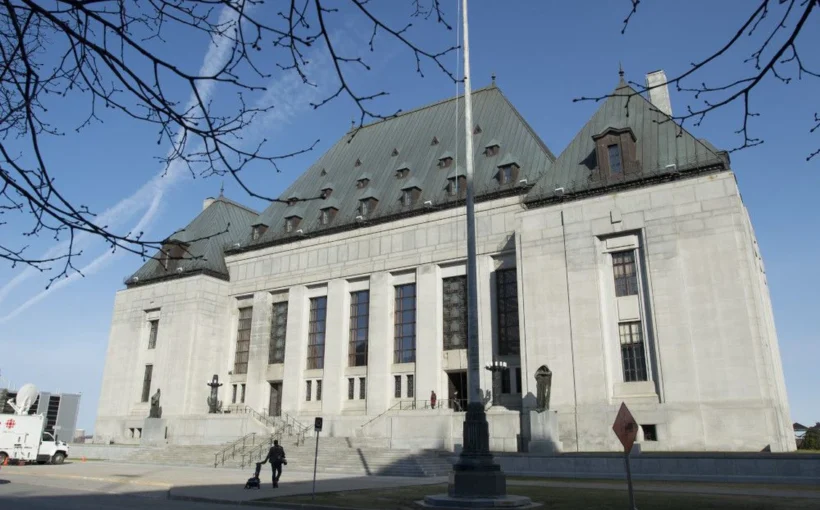Re. “Yes, a highrise is going up next door,” Letters, June 24
It seems that our city council is abandoning reasonable residential zoning bylaws in favour of a wild west free-for-all, undoubtedly very profitable for developers. In addition, there is no mechanism for appeal. Has any other city in Canada tried such extreme deregulation?
When people invest their life savings in a home, they are buying into a neighbourhood that they like. Why are taxpayers the only ones without a voice? Lot splitting and garage suites have already led to significant change, potentially doubling or even quadrupling density. LRT routes and major transportation corridors can be zoned for apartment buildings rather than taking the wrecking ball to beloved, established neighbourhoods. Edmontonians deserve careful, thoughtful city planning, not one-size-fits-all.
L.N. Gruber, Edmonton
New zoning rules need more work
I agree with the position of those that advocate that the Zoning Bylaw Renewal Initiative requires more from the administration.
At the recent urban planning committee’s meeting, there were in excess of 70 participants. When it was pointed out that only three per cent of Edmontonians are aware of the bylaw, one councillor asked “Well, what percentage will satisfy?” The reply was “Well, three per cent was not enough.”
What is needed, is for the administration to appear before the council of each community league for the purpose of informing the impact of the proposed bylaw on their community, which I believe in most, if not all, cases will be substantial. That is all one can ask for.
If council believes the proposed bylaw will result in affordable housing, council is mistaken. In my neighbourhood of Old Glenora where skinny houses have been allowed, many have sold for a million dollars, more or less, which is not affordable for most Edmontonians. In short, the proposed bylaw requires a great deal more work.
Mel Binder, Edmonton
We need full tally of oilsands emissions
As we observe the unrelenting increase in fires, floods and storms associated with global heating, the world is trying, however inadequately, to reduce CO2 production from burning fossil fuels in cars, trucks, planes and power stations.
Because of the distinctive characteristics of Alberta bitumen, immense amounts of energy, and water, are required to extract the product, which is then shipped off for refining into fuel. Compared to other petroleum sources globally, our oilsands generate very large amounts of CO2 in the extraction process alone, accounting for much of Alberta’s disproportionate contribution to Canada’s CO2 production.
The oil companies and their friends in the Alberta government promise technological improvements to make extraction net zero by 2050. This rosy vision should not distract us from addressing the critical fact that the end product is still just fuel which will be burned in cars producing CO2. We need to focus on a full accounting of the total CO2 cost of oilsands production, which is what really counts as far as other countries, and most importantly the planet, are concerned.
Stan Houston, Edmonton
Fireworks give bang for bucks
On July 1, I went and watched the Canada Day fireworks for the first time in many years. I was impressed, as there were many kinds of fireworks I hadn’t seen before, like hearts and even what looked like a thumbs-up. I figured the cost was probably between a half-million to a million dollars. At least, the city didn’t waste that money on bike lanes
Jim Orfino, Edmonton


